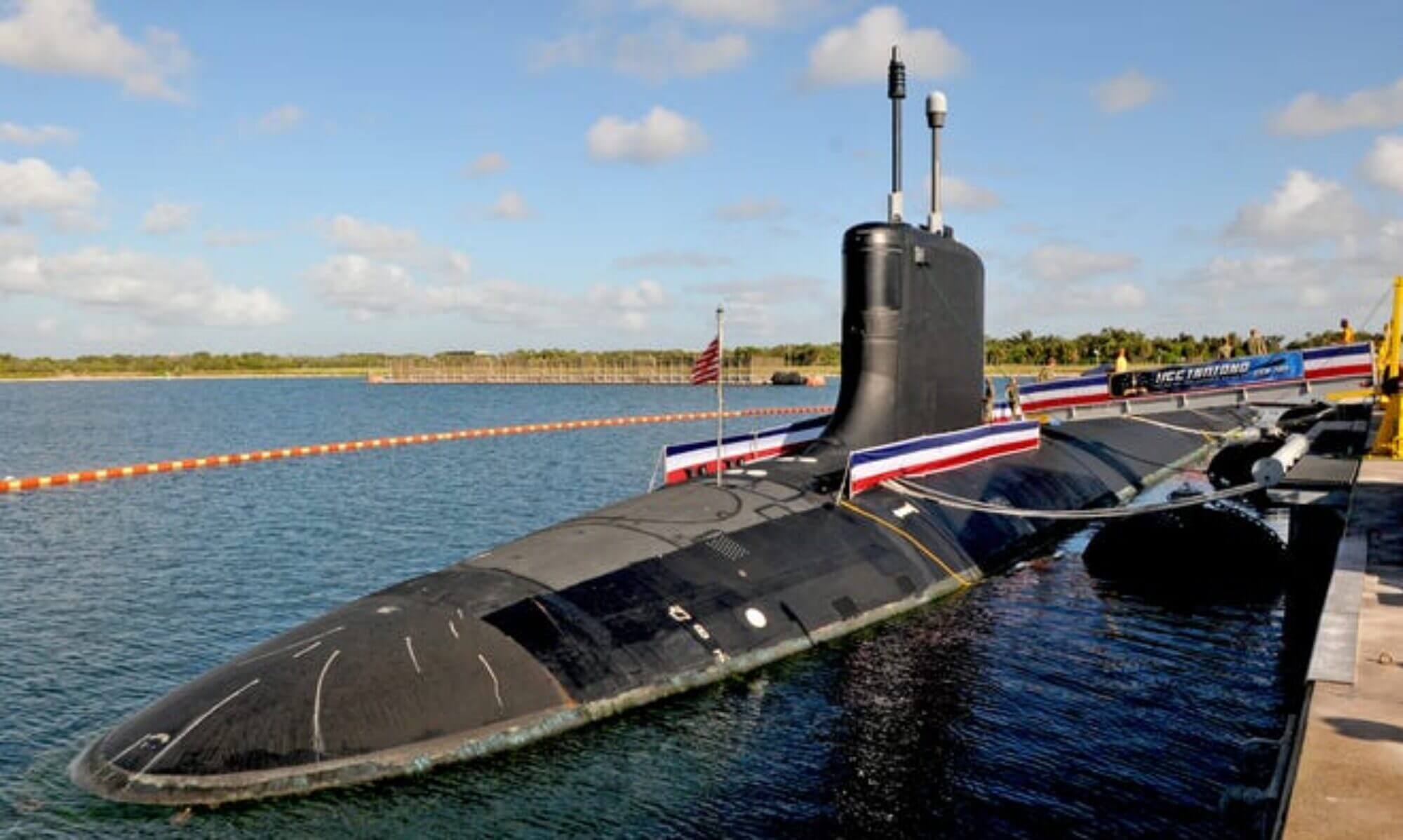
This article draws heavily upon the insightful and meticulously researched paper by Emma Salisbury, who shed light on the intricate challenges and opportunities facing the U.S. submarine industrial base with remarkable clarity.
Submarines are indeed an integral part of the U.S. Navy’s future. Many agree that the United States needs more submarines if it is to deter China in the Indo-Pacific and maintain its maritime superiority.
Submarines are stealthy, survivable, and lethal platforms that can operate in contested waters and deliver precision strikes, intelligence, surveillance, reconnaissance, and special operations.
However, the U.S. submarine industrial base is facing serious challenges that threaten its ability to deliver the submarines that the Navy needs on time and on budget.
The submarine industrial base consists of two main shipbuilders — General Dynamics Electric Boat and Huntington Ingalls Industries’ Newport News Shipbuilding — and hundreds of suppliers across the country that provide parts, materials, and services for submarine construction and maintenance.
The submarine industrial base is struggling to keep up with the growing demand for submarines, which has increased from one Virginia-class attack submarine per year in 2012 to two per year in 2021, plus the addition of the Columbia-class ballistic missile submarine program, which is the Navy’s top acquisition priority.
The Navy has recognized the importance of stabilizing and strengthening the submarine industrial base and has taken some actions to address its challenges. However, these actions are not enough.
The submarine industrial base needs more support and investment from Congress, the Department of Defense (DoD), and from our view, especially from the American public if we’re going to get anywhere. Decisions surrounding our national defense and industrial capabilities shouldn’t just be left to policymakers in isolation.
In our history, we’ve seen time and again the profound impact public opinion and support can have on shaping policy decisions. For our submarine industrial base and broader naval defense, public support isn’t just a nice-to-have; it’s the lynchpin.
While experts can identify problems and policymakers can draft solutions, it’s the collective will of the American people that determines our nation’s priorities.
By becoming informed, involved, and vocal about the importance of a strong and capable Navy, the American public can be the driving force that ensures our naval defense remains robust and prepared for the challenges of the 21st century.
We echo the sentiments of urging Congress and DoD, and we further advocate for the American public to support and invest in the submarine industrial base.
Specifically, we need to:
- Raise awareness of the imminent risks facing our naval defense. The U.S. Navy’s capability to deter potential threats, maintain maritime superiority, and ensure national security is at stake. Delays and shortcomings in our submarine and surface fleet programs could leave us vulnerable in a rapidly evolving global security environment.
- It’s essential to mobilize public support now for increased funding for both submarine and surface fleet programs alike, including infrastructure, support services, and the often overlooked but equally important logistics.
- Invest in education and training in career techical education for shipyard building and management in areas such as welding pipefitting and for naval STEM (science, technology, engineering, and mathematics) fields. Beyond immediate funding and infrastructural upgrades, there’s an underlying need to address the skills gap.
If you are interested in learning more about the industrial base, the need for education and training, or supporting our cause, you can find more information at StrongerNavy.org.

